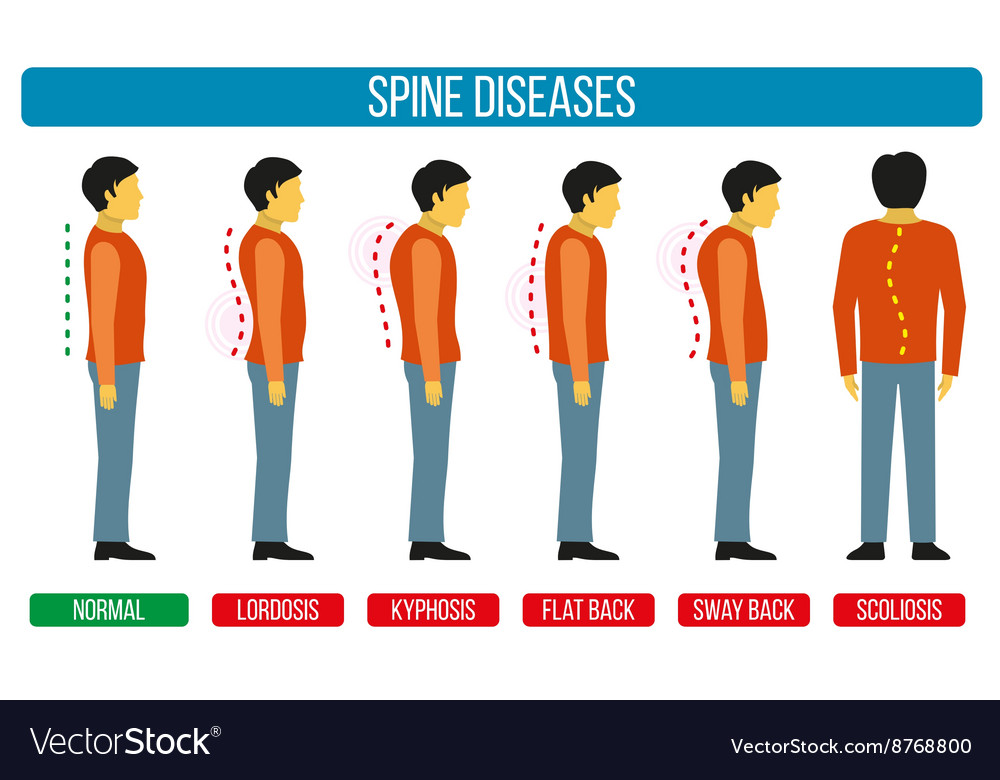The Impact Of Stance On Pain In The Back: Standards For Keeping Great Placement Throughout Your Day-To-Day Routine
The Impact Of Stance On Pain In The Back: Standards For Keeping Great Placement Throughout Your Day-To-Day Routine
Blog Article
Authored By-Williford Preston
Preserving correct posture isn't nearly staying up right; it's about straightening your body in a way that supports your back and reduces the risk of back pain. The means you rest, stand, and relocate throughout the day can substantially influence your spine health and wellness. Yet just how exactly can you ensure good alignment constantly, also throughout busy days loaded with numerous tasks? Allow's dive deeper into the refined yet impactful adjustments you can make to your daily regimen to maintain your back delighted and healthy and balanced.
Value of Correct Pose
Correct pose is important in preserving a healthy and balanced back and protecting against discomfort. When you sit or stand with great position, your spinal column remains in alignment, lowering stress on your muscle mass, tendons, and joints. This alignment allows the body to disperse weight evenly, protecting against excessive stress and anxiety on specific locations that can lead to discomfort and pain. By keeping your back appropriately lined up, you can also improve your breathing and food digestion, as slouching can compress body organs and limit their capability.
Furthermore, preserving excellent posture can enhance your general appearance and confidence. When you stand tall with your shoulders back and head held high, you radiate self-confidence and show up even more approachable. dentist kips bay can also make you feel a lot more invigorated and alert, as it advertises proper blood flow and permits your muscular tissues to function efficiently.
Integrating proper posture right into your day-to-day routine, whether resting at a workdesk, walking, or exercising, is important for protecting against back pain and promoting total wellness. Remember, a small change in how you hold on your own can make a substantial distinction in exactly how you feel and operate throughout the day.
Common Postural Mistakes
When it comes to preserving great posture, many people unknowingly make usual blunders that can contribute to back pain and pain. Among the most common mistakes is slouching or stooping over while resting or standing. This placement puts too much pressure on the spine and can cause muscular tissue discrepancies and pain in the long run.
Another usual error is overarching the reduced back, which can squash the natural curve of the back and trigger discomfort. In addition, going across legs while resting may really feel comfy, but it can create a discrepancy in the hips and hips, leading to postural problems.
Making use of a cushion that's too soft or also strong while sleeping can additionally influence your alignment and contribute to neck and back pain. Last but not least, constantly craning your neck to take a look at displays or readjusting your setting regularly can stress the neck and shoulders. Bearing in mind these common postural errors can help you maintain much better positioning and lower the risk of back pain.
Tips for Correcting Placement
To improve your positioning and lower pain in the back, it's vital to focus on making small adjustments throughout your daily regimen. Start by bearing in best chiropractor bay area . When resting, ensure your feet are level on the flooring, your back is straight, and your shoulders are unwinded. Avoid slouching or leaning to one side. Use ergonomic chairs or cushions to support your reduced back.
When standing, distribute your weight evenly on both feet, keep your knees a little bent, and tuck in your hips. Engage your core muscles to support your spinal column. Take breaks to stretch and walk around if you have an inactive job. Include workouts that strengthen your core and back muscle mass, such as planks or bridges.
While resting, make use of a pillow that sustains the all-natural curve of your neck to maintain appropriate back placement. Stay clear of sleeping on your tummy, as it can strain your neck and back. By being mindful of these ideas and making small adjustments, you can slowly remedy your positioning and minimize pain in the back.
Verdict
Keep in mind, keeping good posture is key to stop pain in the back and advertising spine wellness. By being mindful of your positioning, distributing weight evenly, and engaging your core muscles, you can reduce pressure on your back and minimize the danger of discomfort and injury. Incorporate ergonomic assistance, take routine breaks to extend, and enhance your core and back muscles to maintain appropriate placement throughout the day. Your back will certainly thanks for it!
